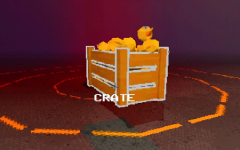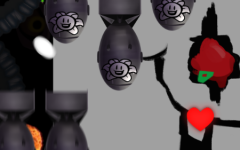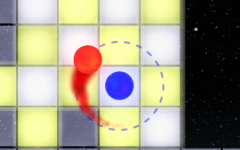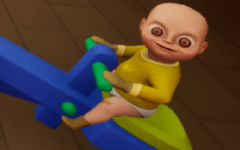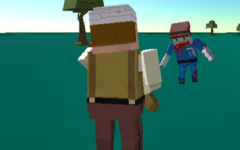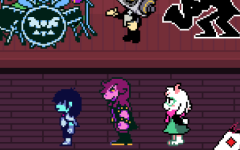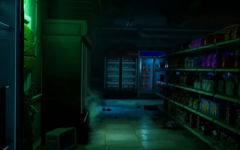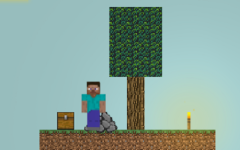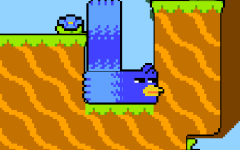Advertisement
Little Nightmares 3
Advertisement

Little Nightmares 3 continues the story of children trapped in a distorted world where everything feels out of place. Two new characters, Low and Alone, must work together to find a way out of a dangerous realm known as the Spiral. Each location hides twisted logic and mechanical traps that require attention and timing. The game keeps the tone quiet and uneasy, relying on small details and silent storytelling rather than direct dialogue.
Core mechanics and cooperation
Gameplay centers on exploration, problem-solving, and teamwork. The player controls both children — one uses a bow and arrow to hit distant targets, while the other carries a wrench to move objects or open paths. These abilities complement each other and shape how puzzles are approached. The structure mixes platforming, stealth, and short moments of escape that demand fast reaction.
Main elements that define the experience include:
- cooperation between two characters
- solving environmental puzzles
- sneaking past large enemies
- interacting with switches, levers, and ropes
- surviving chase scenes with little room for error
Each level adds new mechanics while keeping the same rhythm of tension and silence.
Atmosphere and level design
The Spiral is made of several self-contained zones, from a dry desert city to a decaying fairground. Every area introduces a unique threat and new ways to explore. The player must often move between foreground and background layers, giving a sense of depth while keeping control simple. Shadows and sound play a major role, guiding attention and warning of danger. The sense of place builds through small clues, creating a world that feels alive but unstable.
Progress and rhythm
There is no spoken story. Instead, progress happens through visual fragments and changes in environment. Objects, light, and sound act as narrative signals. The two children slowly reveal their fears as they move deeper into the Spiral. At some points, memories appear as interactive moments where the player learns what shaped each character. This slow rhythm makes the game more about experience than goals.
Little Nightmares 3 does not try to shock or overwhelm. It focuses on movement, silence, and the fragile cooperation between its two leads. The addition of online co-op gives players a reason to replay and experiment, while solo mode keeps the same structure through AI support. The game refines the series’ formula with subtle changes rather than reinvention, staying true to its quiet and tense style.




























































































































